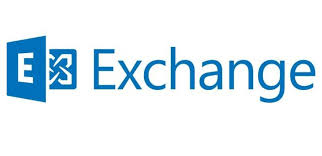How to Install Microsoft Teams PowerShell Module
How to Install Microsoft Teams PowerShell Module In this short post, we will look at how to install the PowerShell module for Microsoft Teams. To get started we need to launch a PowerShell window. Ps. a Minimum PowerShell version is 3.0 Then type the following. Install-Module -Name MicrosoftTeams Enter Yes to continue, the module will…








